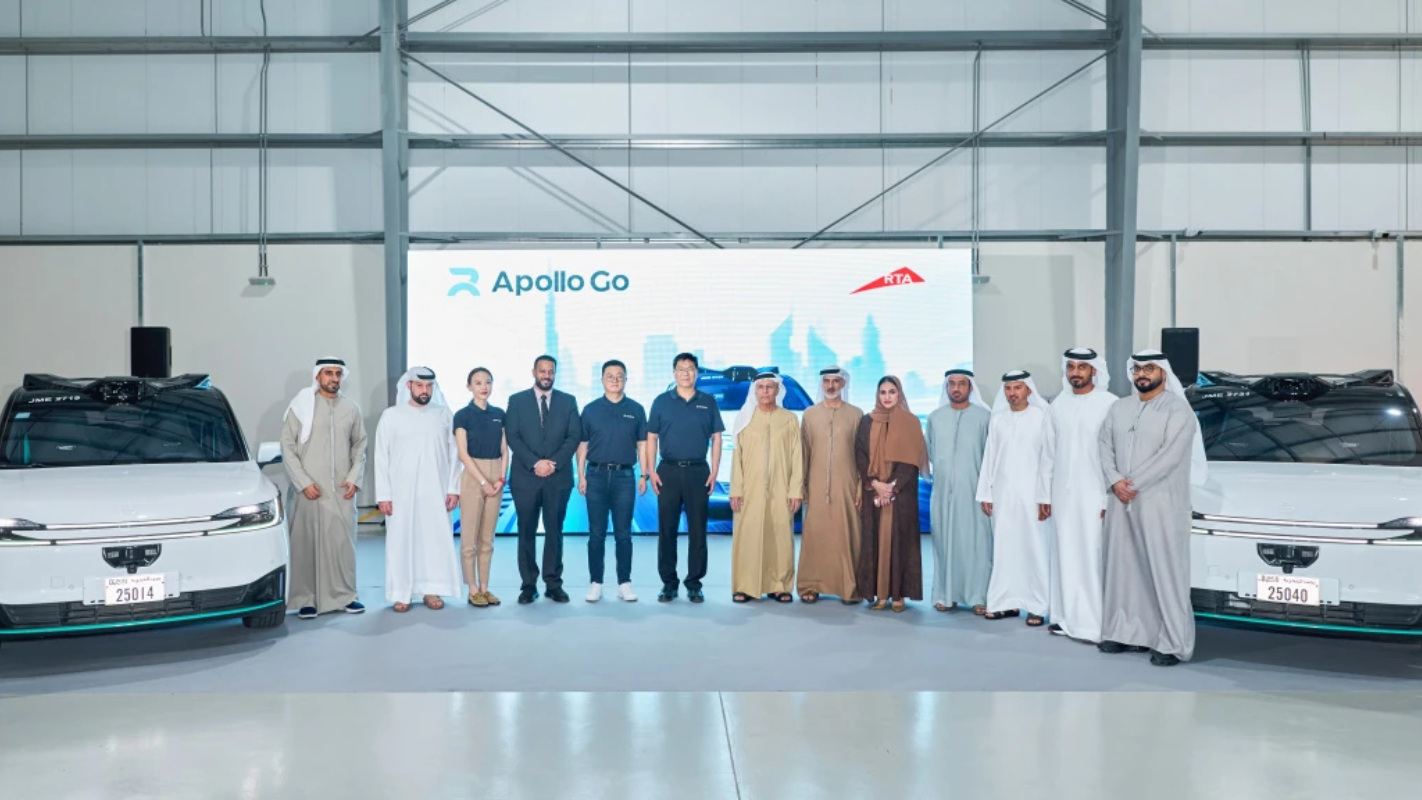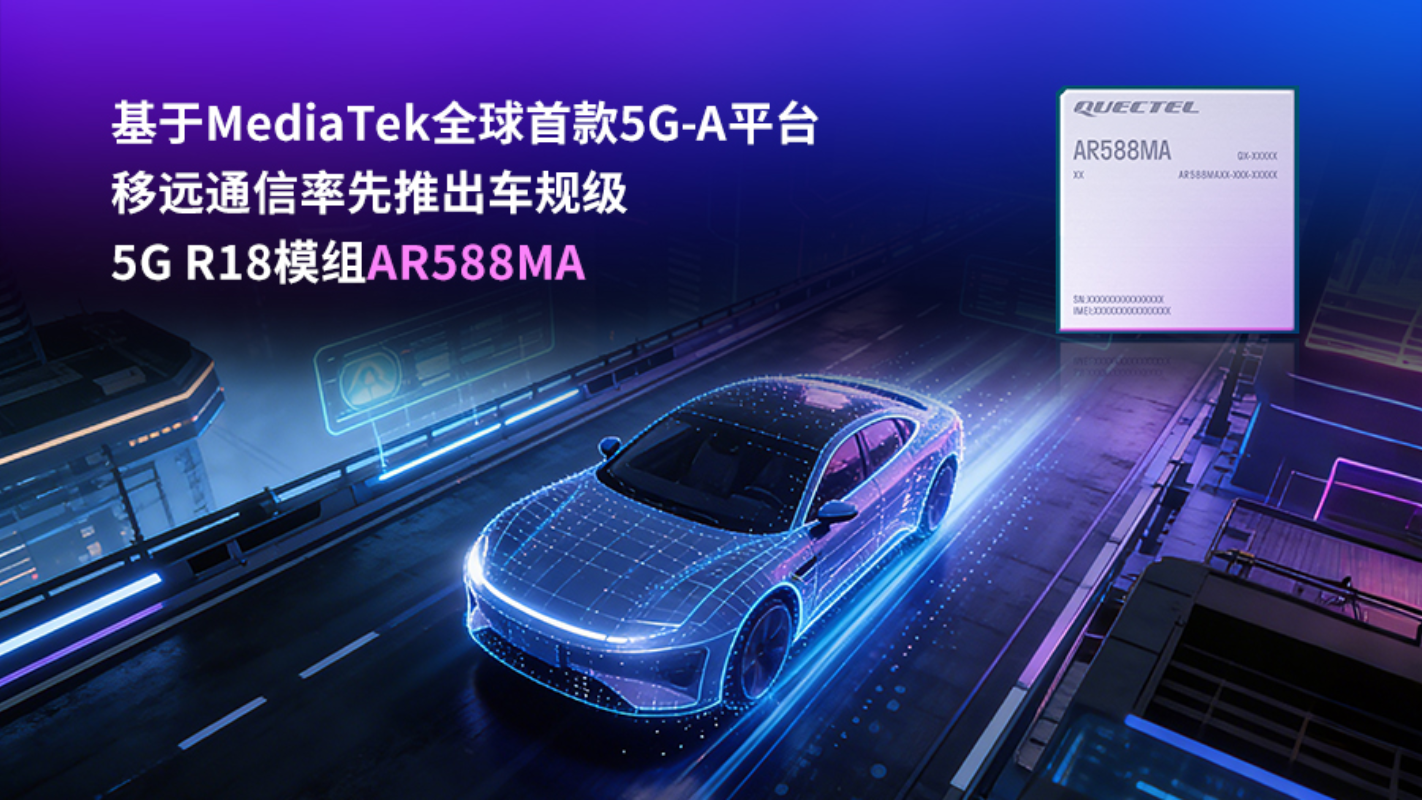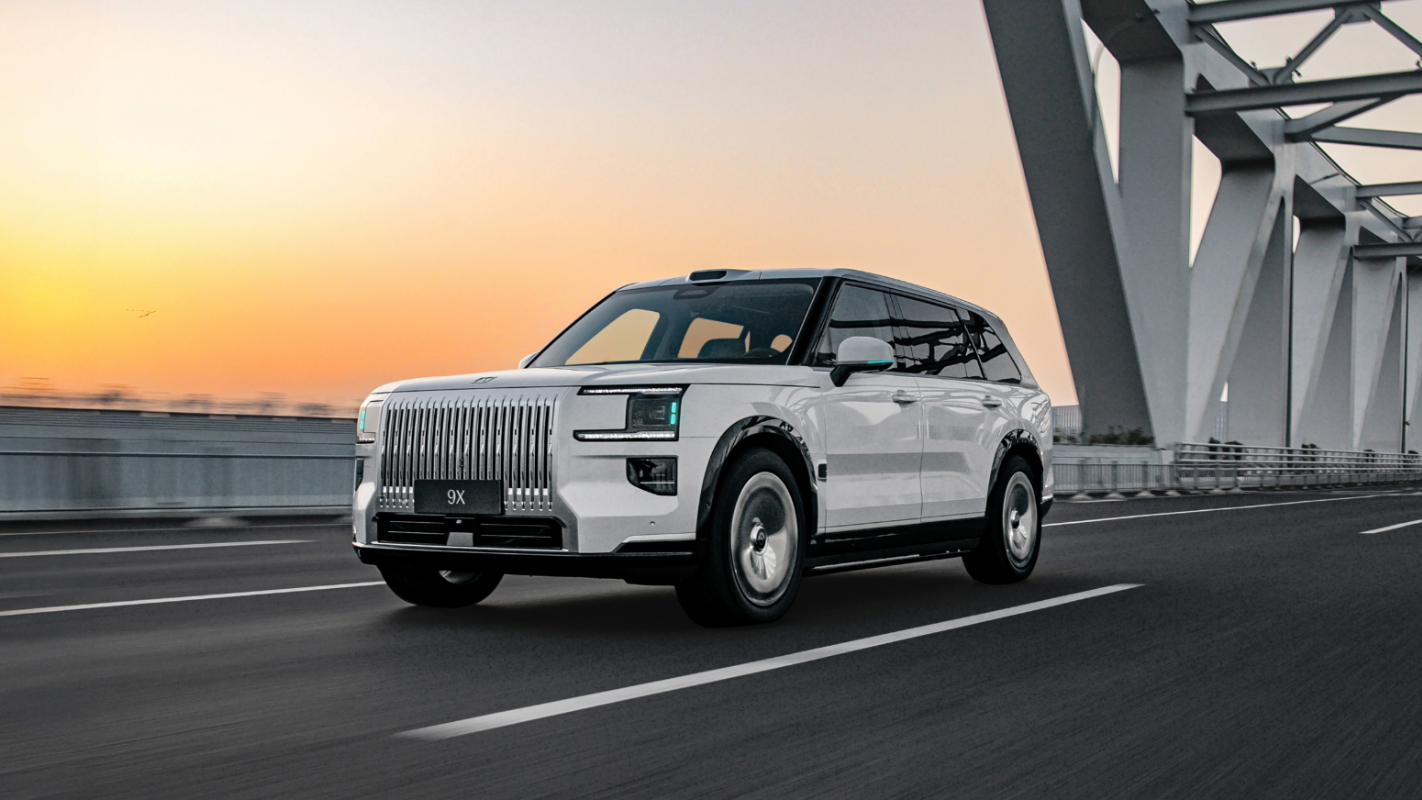With Chrysler and General Motors entering bankruptcy protection, Toyota global sales continuously falling, several European auto companies applying for government loans, the global auto industry pattern is undergoing a new-round shift. What do these changes imply? How does the current shift impact on main MNC auto companies? Will they adjust their strategies in china market? What do these changes mean to local auto companies? There are a lot of questions arising in the new situation.
Gasgoo.com invited Serge J.Hoffmann to elaborate on these questions.
.jpg) Gasgoo.com: Will the current change in North American auto industry radically change the global auto industry? What will happen to the balance of strengths among European, American, Japanese and Korean automakers?
Gasgoo.com: Will the current change in North American auto industry radically change the global auto industry? What will happen to the balance of strengths among European, American, Japanese and Korean automakers?
Serge J.Hoffmann: It is undisputable that what is happening is the biggest shake-up the auto industry has ever been through. Fundamental key players such as GM and Chrysler went into Chapter 11 bankruptcy protection and have yet to emerge from it. What the new GM and the new Chrysler, are going to be will be significantly different and of a different nature both, in scope and operating model in the case of Chrysler for instance . The US auto companies may be those the most deeply affected, but in fact all OEMs experience tough times, including the European auto companies and Japanese Toyota. Solutions or reactions are of different natures, as some go for bailout, all try to reduce production, inventories and cost, etc. Dealing with the extraordinary difficult situation——that’s what the auto industry is going through at the moment. It is fairly to say that it will change the relative importance of the players tomorrow. GM, Ford, Toyota and some other European players used to set the pace in the last couple of years, some of these might not be so proeminent any more.
The OEM landscape will undergo a radical change. The sole subject of GM is very complex; the questions around the Brand portfolio in the US, the Opel Europe business have to be answered for the new GM to emerge. The brand portfolios are going to evolve, the latest acquisition of the Hummer brand by a Chinese player is one example of this recomposition underway.
From a macro industry perspective, the transformation is huge, most certainly resulting in the US auto industry losing relative weight. One might argue that this ultimately translates the true size of the underlying markets The auto business is driven by the health and the dynamics of the global market, but is also shaped by the relative weight of the “regional markets” Europe, US, Japanese, Korean and not the least China.
Gasgoo.com: Have the factors changed that decide the competitiveness of automakers in the transition from conventional vehicles to new-energy vehicles? What is the impact of the current series of regional changes on the China strategies of global automakers?
Serge J.Hoffmann: The straight answer is that these factors have already changed. It is a fact that one of the reasons for the troubles of US car manufacturers and of those exposed to the US market, is the tremendous shift away from the heavy trucks, SUVs, the so-called “gas-guzzlers”. Combined with the credit crisis, the market collapsed but was also transformed in mix to the benefit of smaller, cheaper and more fuel efficient passenger cars. But this trend towards low emission and fuel efficient cars is a global one.
In Europe, some tax incentives on small cars or burdens on big cars have been enforced, so the shift to smaller vehicles is visible in the market numbers. It is the same for China, where sales showed that what drives the market are not the big cars anymore but small cars. This is a rather good news for the Chinese auto industry and the Chinese OEMs, because this plays to their strengths.
As you see, the factors defining competitiveness have already changed, that’s why beyond fuel efficiency, the Electric Vehicle topic –which we published a survey on- is the next step and most of the OEMs have announced Electric vehicles in their product roadmaps. It is also a matter of sustainability over time, since with the tremendous growth of markets such as China, the planet will not be able to cope with the current levels of fuel consumption and CO2 emissions.
This new thinking will affect Global automakers strategic thinking for China. How to be in the best position to win in the new-energy vehicles’ development?. It will be all about technology, whether OEM will master the technology to develop fuel efficient or electric vehicles in the future will be critical.
Who’s in the best position to win in the case of the electric vehicle? Will it be the vehicle
manufacturer –the Brand- or the electric battery technology owner? What will be the core competence for Electric vehicles in customers’ minds? The car Brand or the Electric Technology?
As we tested that question in our survey, we asked customers; “who is the more relevant between Car Brand and Technology provider to manufacture an Electric vehicle and what brand would you consider? The answer for China was very similar to the global one, Customers still first think on an electric car, as a car and second as an electric battery technology. Hence, car OEM Brands are the preferred choice, and the high end western Brands the most credible or inspirational choice.
Gasgoo.com: What measures will global automakers take to win the competition in China? Will they launch many new vehicle models specially developed for the Chinese market?
Serge J.Hoffmann: China is a critical market for the global players. It is or will have to be on their map. OEMs and multinational companies have started adapting their lineup of products in China, in the form of localizing the product through adaptations, etc. That’s the first step.
The next step is to design cars targeted at China market. At this stage, it is unclear whether Global OEMs would develop a new vehicle purely for China.
The Automotive industry is a scale industry, so this means it needs to share some critical elements such as the platform, engines, systems or components between carlines and countries. In that respect, having unique products and technologies for a region –be it significant in volume- undermines competitiveness. However, sharing platforms from Europe, Japan, US does not stop from localizing the features, the look and feel of the car,. What is important for the Chinese customers? That’s the critical question. Developing a unique Chinese car might be the superior answer for Chinese customers, but it might well be the suboptimal economical choice in the long run for a truly global player.
China has the key capability to deliver the volume. There will be gradual changes among all the joint ventures, the strategy will push for more localization and a better understanding of Chinese clients need.
Gasgoo.com: Does the collective collapse of North American automakers indicate the failure of the inter-regional M&A (mergers and acquisitions) pattern? Will the future auto industry see further integration in the form of the Renault-Nissan Alliance?
Serge J.Hoffmann:. It sure does question some of these past strategic moves and indicate that the full acquisition might not be the best model. Acquisition and Merger is a bold move and can create culture conflicts, and the sense of a dominant way of doing business. An alliance on the other hand appears more flexible, with separate companies remaining and their culture preserved. The Renault-Nissan Alliance is a good example of a successful form of cooperation. The strategic alliance can have different forms; you can have agreement to share platforms, technologies with or without equity sharing, in the likes of Fiat and Chrysler, or Renault and Nissan.
Gasgoo.com: What influence will the current adjustment of the auto companies have on the auto-parts suppliers? Will it lead to a wave of M&A among auto-parts companies?
Serge J.Hoffmann: It’s very tough time for the auto parts suppliers. It is very likely that the components industry also will go through some recompositions. Some have preceded OEMs in the sequence of Chapter 11 protection, as they have been pressured by OEMs over the last years, for cost reductions and price reductions. As OEMs divested partly from that activity, to create multi technology groups such as Visteon or Delphi, these companies struggled to diversify their client portfolio, investing in R&D and delivering the target cost reductions. In the aftermath of the Auto industry reshaping, there might be some time to rethink the relationships between the OEMs and suppliers.
Gasgoo.com: How will the restructuring of the global auto industry impact on Chinese auto brands?
Serge J.Hoffmann: There are still a lot of players in China. Is the number of OEMs in China sustainable in the long term? It’s a valid question for China and also for the industry. There might well be some more consolidation. It will certainly be facilitated by the authorities as it could make the industry more profitable, through scale effect and allow the players to go for the export market. The adjustments that can be seen in the global auto market just make it more obvious that it could be beneficial in and to China as well. It might well be the right moment to seize the opportunity.








